During this period at the beginning of the year, the central and local governments held many meetings to plan and deploy this year's work. In these meetings, there is a new word that appears frequently, that is - low-altitude economy.
Many provinces and cities, including Chongqing, Sichuan, Zhejiang, Anhui, Shenzhen, etc., have proposed that "we must actively deploy the low-altitude economy, build low-altitude economic demonstration zones, and expand the application scenarios of low-altitude products and services." Across the country, more than a dozen provinces have included “low-altitude economy”, “general aviation” and other related content in their government work reports. So, what exactly is the "low-altitude economy"? Our communications industry will soon launch 5G-Advanced (5G-A) this year. 5G-A has a "synesthesia integration" that is often discussed together with the "low-altitude economy". What is the relationship between them? In today’s article, Xiao Zaojun will talk to you about these topics.
█ What is low-altitude economy
When many people mention low-altitude economy, they think of drones. In fact, the low-altitude economy cannot be equated with the drone economy. The official definition of low-altitude economy is: a comprehensive economic form formed by the various low-altitude flight activities of various manned and unmanned aircraft, and the radiation drives the integrated development of related fields. In other words, the low-altitude economy includes both drones and manned aircraft. Low-altitude manned aircraft have not yet been commercialized on a large scale because the technology and safety conditions are not yet mature. Therefore, when we discuss low-altitude economy now, we mainly focus on the application of drones.
 Low-altitude or ultra-low-altitude drones are more common at present.
Low-altitude or ultra-low-altitude drones are more common at present. The low-altitude economy does not only include the research and development, manufacturing and sales of the aircraft (aircraft) itself. Generally speaking, the four major sectors surrounding low-altitude flight, including manufacturing, flight, support, and comprehensive services, all belong to the low-altitude economic industry chain. The value of the low-altitude economy is that it explores a new space range based on traditional ground space, medium-high altitude space, and space space, utilizes it, and forms an industry.
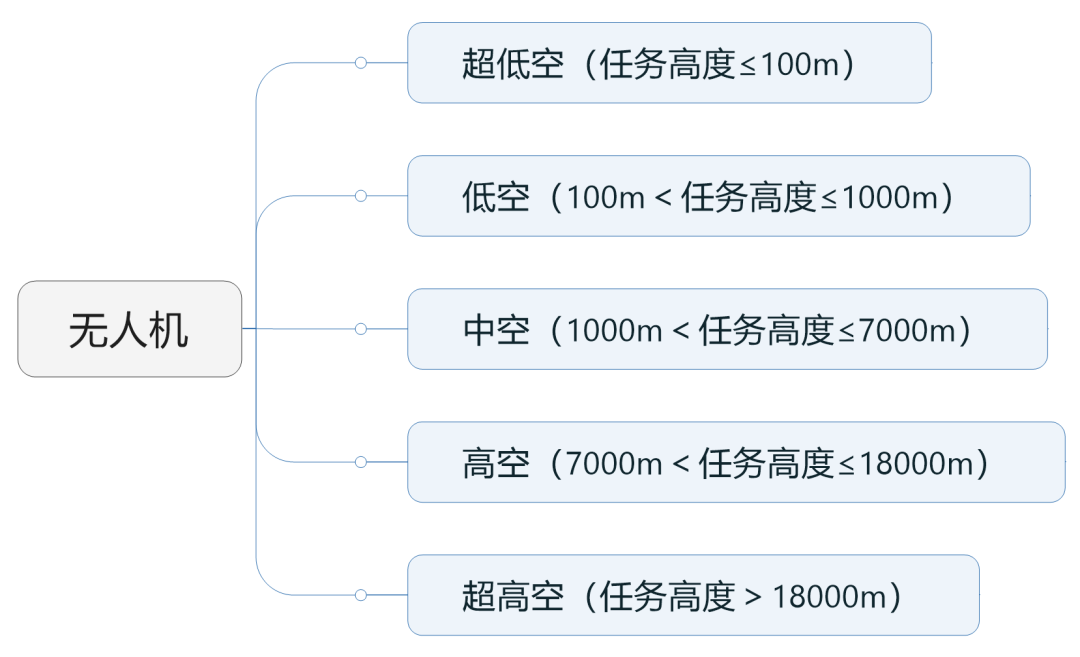
In recent years, everyone should have seen that drones have shone in various industries. Whether it is for personal use such as entertainment shooting, or for industrial purposes such as logistics and transportation, cultural tourism, traffic management, agriculture and forestry protection, emergency rescue, medical rescue, police security, government flight, etc., there are a large number of drone application cases.
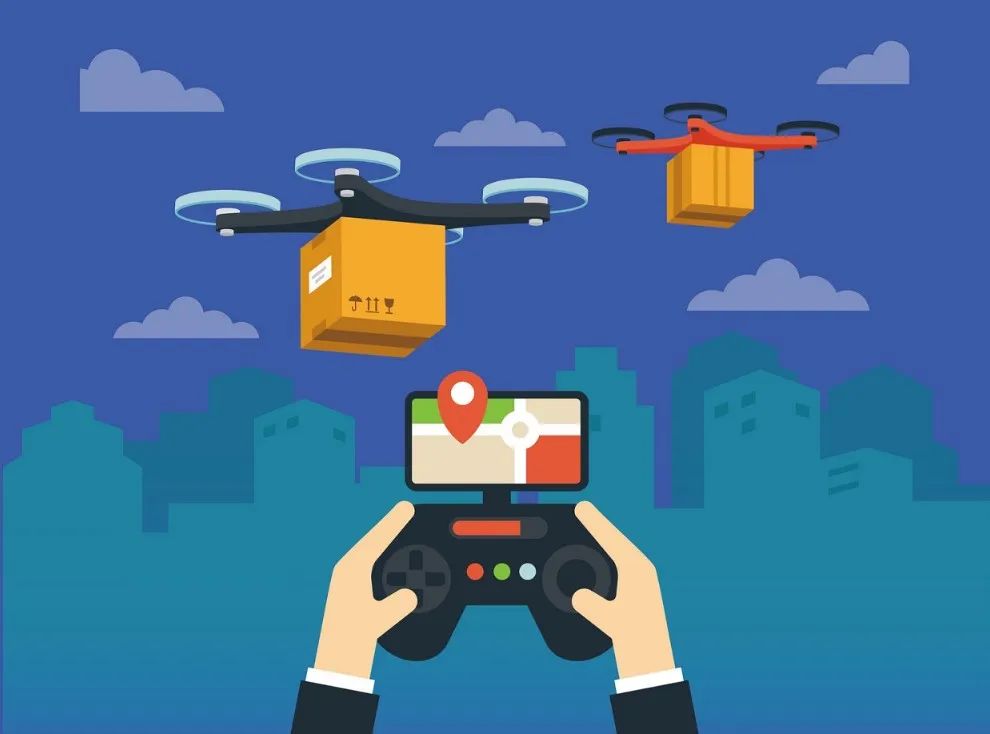 drone delivery express
drone delivery expressThe characteristics of drones such as "low altitude, low speed, hovering, low cost and miniaturization" make up for the shortcomings of ground transportation and traditional aircraft. Insufficient, it has achieved "spending a little money and doing big things", and has been widely welcomed by users and the market, and its popularity has been accelerating. In this context, the government attaches great importance to it and specifically proposed the concept of "low-altitude economy". According to relevant departments, the low-altitude economy is a "new productive force", a strategic emerging industry, and the country's key development direction in the future.
█ What is synaesthesia
Let’s talk about synaesthesia. To develop low-altitude economy, the most important thing is safety. After all, when walking on the road, no one wants two drones to suddenly collide in the sky and then hit them on the head. Moreover, if there are "black flies" and engage in illegal activities, it will also cause great harm. The traditional methods for supervising aircraft are mainly to rely on the formulation of laws and regulations, setting no-fly zones, and making flight applications. The most effective way to track and detect aircraft is radar.
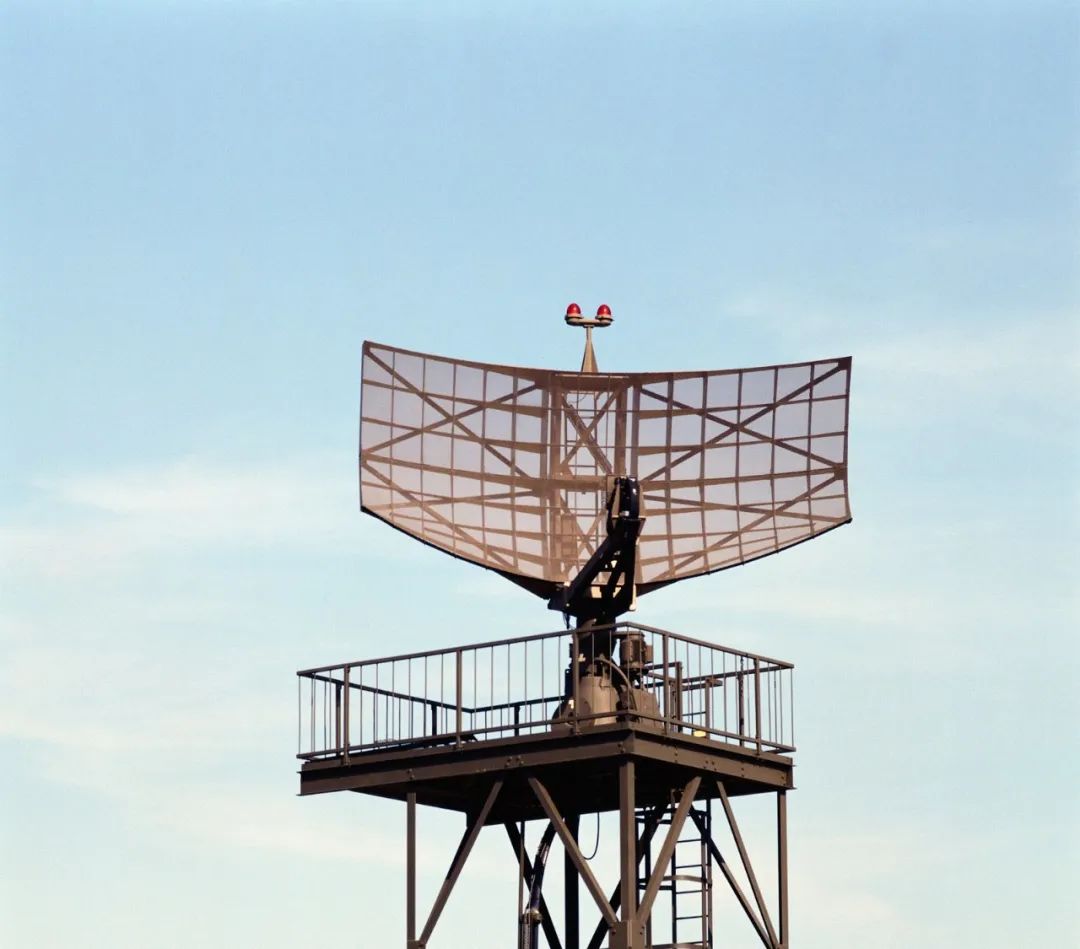 Radar
RadarRadar is very useful for medium and high altitude aircraft such as civil aviation aircraft. However, for low-altitude aircraft, radar has shortcomings. First of all, there are many low-altitude buildings or obstacles, and the radar will have a large number of blind spots. Secondly, radars have high power and are deployed in large numbers in residential areas, which causes a lot of inconvenience. Third, building a large number of radar stations for low-altitude flights will bring huge costs. So, we began to explore a new method to detect and manage low-altitude flights. This method is synesthesia.
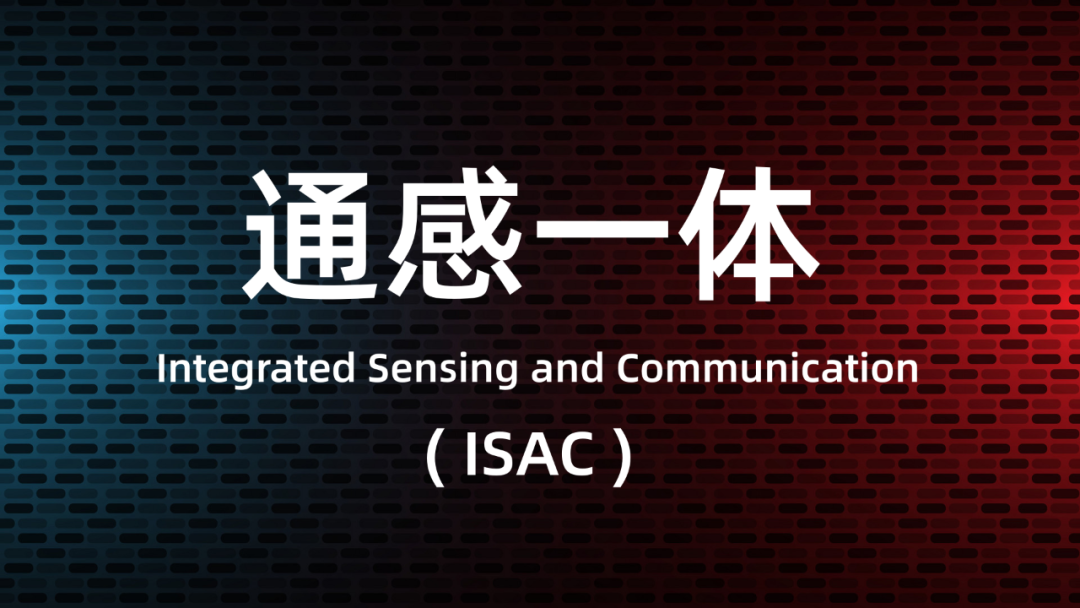
Synesthesia is also called communication and perception integration, and its English name is Integrated Sensing and Communication (ISAC, "Isaac"). Research on synesthesia has begun many years ago. A few years ago, we regarded synaesthesia as the main research direction of 6G. Unexpectedly, driven by external demand, this technology has become a key technology for 5G-A, meeting us in advance. So, what is synesthesia? Simply put, it is based on our current cellular mobile communication network (communication capabilities), superimposed with radar-like functions (perception capabilities), to detect and track surrounding objects such as drones, cars, or ships.

In other words, the communication tower has become a multi-functional communication radar tower, which is more powerful. Using base stations for sensing is not difficult to achieve from a technical perspective. Our current communications are all based on radio electromagnetic waves. The basic principle of radar is also based on radio electromagnetic waves. Emit radio electromagnetic wave signals, and when they hit objects, the signals will be reflected. Through triangulation and comprehensive calculations, the distance and position information of the object can be obtained. Through continuous detection of unit time difference, the speed information of the object can be obtained. In recent years, many indoor positioning technologies are also based on wireless communication technologies, such as UWB (Ultra-Wideband, ultra-wideband), Wi-Fi, Bluetooth, etc. Cellular mobile communications have advantages outdoors, so they are very suitable for the detection of outdoor low-altitude aircraft. In view of the shortcomings of the traditional radar solution mentioned above, synaesthesia base stations have obvious advantages: First of all, base stations are everywhere in the city and are in good locations. There is no need for repeated construction, which saves a lot of money. Secondly, the wireless signal transmission power of the integrated synaesthesia base station is extremely low and will not affect the health of residents. Third, the base station is integrated with synaesthesia and uses authorized communication frequency bands. There is no need to divide additional frequency bands, saving valuable spectrum resources.
█Technical Challenges of Synaesthesia Integration
The technical principle of synaesthesia integration seems very simple, but in fact, if you really want to achieve the desired effect, the technical challenges are still very large. Traditional cellular mobile communication networks mainly cover the ground, and network planning and optimization are also targeted at ground outdoor users and building indoor users. To achieve synesthesia detection, it cannot be achieved by simply adjusting the direction of the base station antenna. For the first time, the network is facing low-altitude scenarios, and the related network planning and optimization ideas are completely different. 5G-A’s synaesthesia integration requires its own AAU (active antenna) to provide independent ground and air beams. Includes both communication beams and sensing beams. Perception beam increases system design difficulty and business pressure. The width, number, and direction of the sensing beams are dynamically adjustable, and a large number of beam patterns can be generated through thousands of weight combinations including azimuth angle, downtilt angle, beam width, number of beams, and other parameters to meet the synaesthesia needs of different scenarios. How to plan parameters such as base station height and downtilt angle, establish a suitable RF model, and achieve the optimal parameter combination is one of the main challenges of synesthesia integration. The communication system mainly uses continuous wave. Radar has both continuous waves and pulse waves (periodic transmission). How to design the waveform, how to optimize the frame structure, and how to reasonably allocate time slots also need to be fully considered. In addition, self-interference of radio frequency signals, multi-station collaborative sensing and precise synchronization, sufficient computing power for synaesthesia operations, etc. are all challenges. If these challenges cannot be solved well, synaesthesia integration will be difficult to achieve the expected results, and commercial implementation will not be possible.
█Pilot of synaesthesia integration
Currently, as the pace of 5G-A continues to approach, the testing and verification work of synaesthesia integration is also accelerating. Domestic operators and equipment manufacturers have cooperated to build multiple field pilots and achieved some results. Before the holiday, Xiao Zaojun went to Xiamen and visited the 5G-A synaesthesia integrated pilot system deployed in Huangcuo and Yefengzhai areas in cooperation with Fujian Mobile.
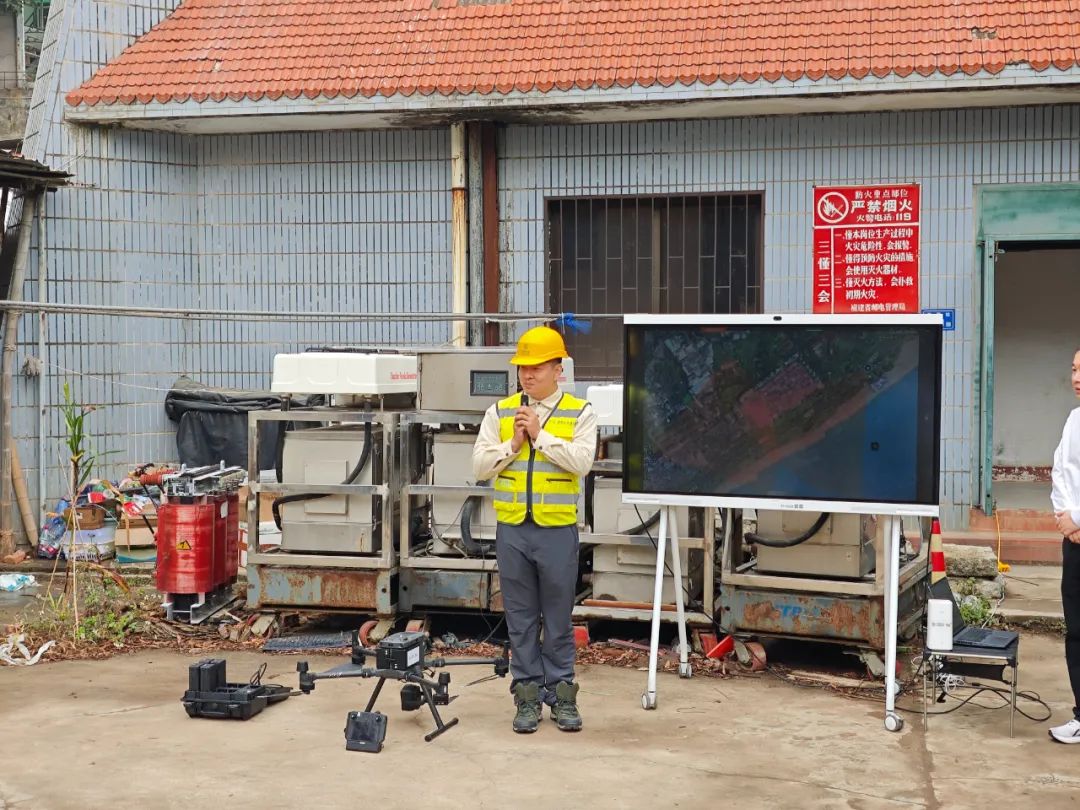 Engineer on-site demonstration
Engineer on-site demonstration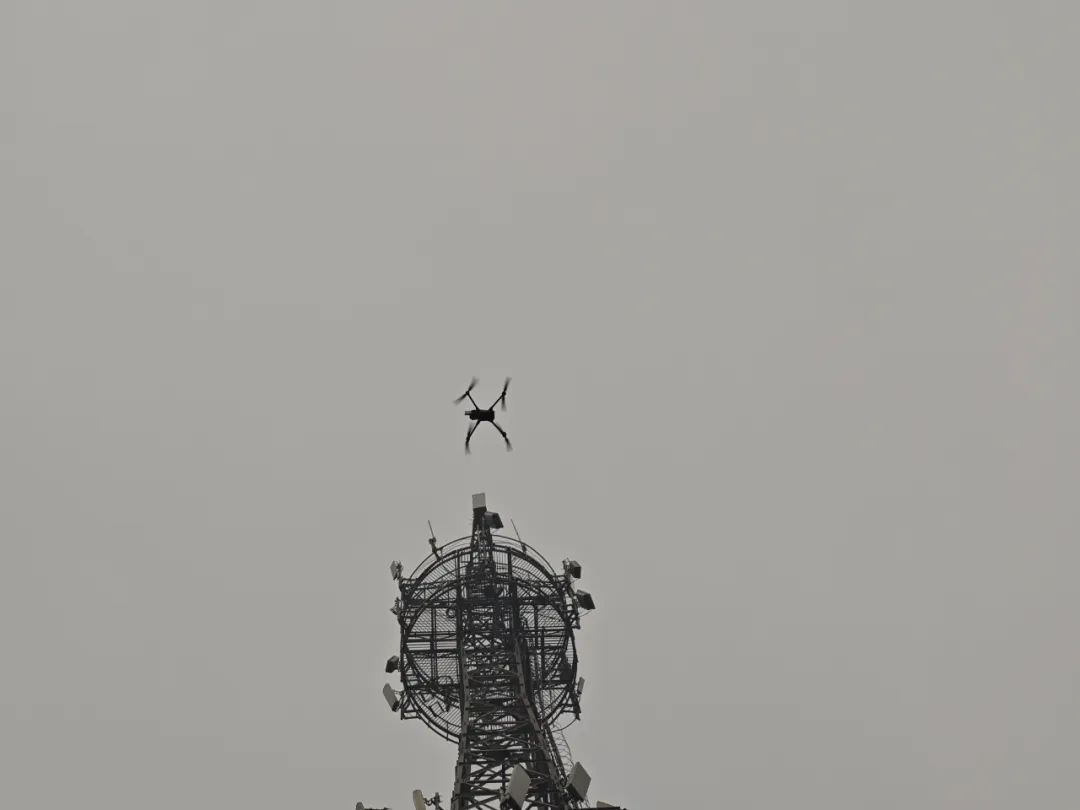 The drone that just took off
The drone that just took off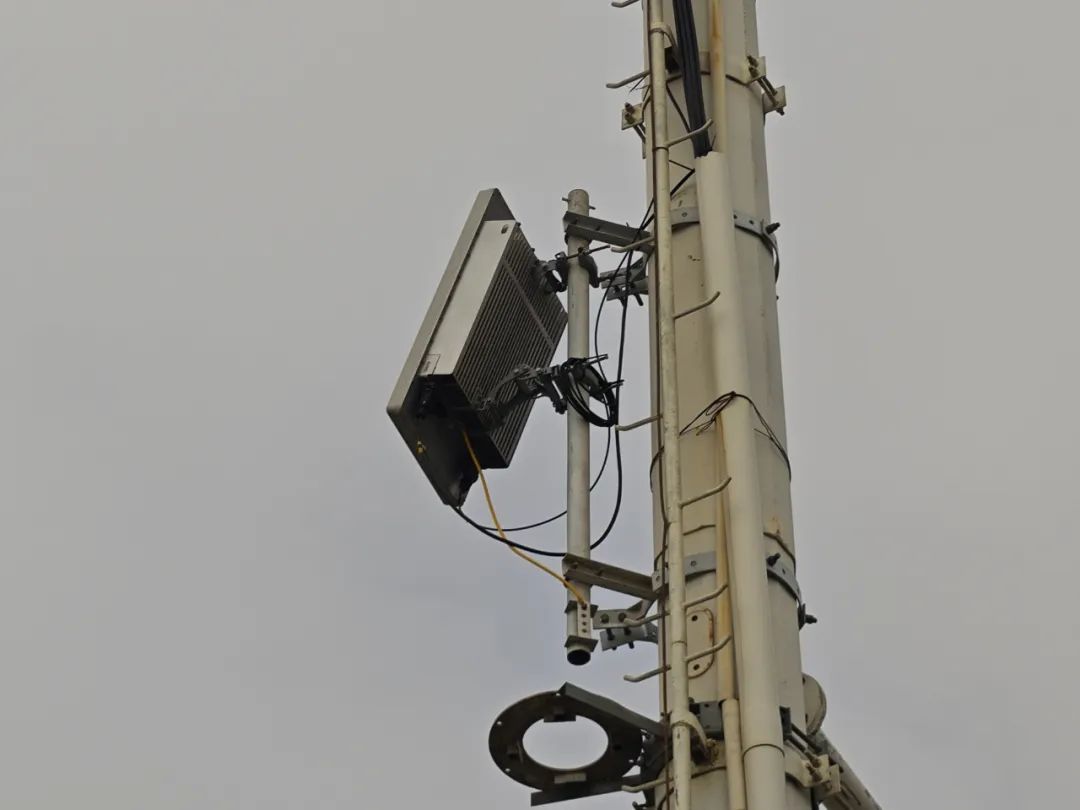 AAU for low-altitude services (Active antenna)
AAU for low-altitude services (Active antenna) This system is based on China Mobile's 4.9GHz frequency band. Through low-altitude multi-station continuous networking (the world's first contiguous networking test of synesthesia base stations), it can ensure 5G communication services in real time. Detect flying objects in low-altitude airspace to achieve low-cost, wide coverage, and all-time airspace awareness.
 Synesthesia integrated system tracking of drones
Synesthesia integrated system tracking of drones During the on-site verification process, when the speed of the drone reached 60-80 kilometers per hour, the system could still quickly lock on the target and monitor the drone in real time. track. Relying on China Mobile's self-developed "China Mobile Lingyun" platform, this system can integrate low-altitude sensing, UAV network flight, airspace management, AI analysis and other capabilities, gradually forming an integrated solution for low-altitude airspace management and operations.
█Conclusion
In short, the low-altitude economy has broad prospects, and synaesthesia is of great significance to the development of the low-altitude economy in the country. If you want to develop an industry, effective supervision is a prerequisite. Just like when we had radar, we were able to develop the civil aviation industry well. With the integration of synaesthesia and the realization of detection and supervision of aircraft, we can guide the orderly and healthy development of the industry and drive the prosperity of the industry behind it. Synesthesia is not just for the low-altitude economy. Its application fields are very wide. In addition to target positioning, tracking and recognition, it can also be used for target detection and target imaging. Xiao Zaojun also mentioned earlier that in addition to aircraft, it can also be used for mobility detection of cars and ships. Scenarios such as hydrological monitoring, air pollution monitoring, product defect monitoring, building or bridge crack monitoring, gesture control, etc. can actually be implemented using synaesthesia integration. Massive application scenarios mean huge business value. In addition to traditional communication applications, it is undoubtedly exciting and exciting for our entire communication industry to be able to develop a new application field. I hope that in the new year, synesthesia will be better popularized and become a strong market growth point. This article comes from the WeChat public account: Xian Zao Classroom (ID: xzclasscom), author: Xiao Zaojun
The above is the detailed content of Why are 'low-altitude economy' and 'synesthesia integrated' worthy of attention?. For more information, please follow other related articles on the PHP Chinese website!


 In recent years, everyone should have seen that drones have shone in various industries. Whether it is for personal use such as entertainment shooting, or for industrial purposes such as logistics and transportation, cultural tourism, traffic management, agriculture and forestry protection, emergency rescue, medical rescue, police security, government flight, etc., there are a large number of drone application cases.
In recent years, everyone should have seen that drones have shone in various industries. Whether it is for personal use such as entertainment shooting, or for industrial purposes such as logistics and transportation, cultural tourism, traffic management, agriculture and forestry protection, emergency rescue, medical rescue, police security, government flight, etc., there are a large number of drone application cases. 

 Synesthesia is also called communication and perception integration, and its English name is Integrated Sensing and Communication (ISAC, "Isaac"). Research on synesthesia has begun many years ago. A few years ago, we regarded synaesthesia as the main research direction of 6G. Unexpectedly, driven by external demand, this technology has become a key technology for 5G-A, meeting us in advance. So, what is synesthesia? Simply put, it is based on our current cellular mobile communication network (communication capabilities), superimposed with radar-like functions (perception capabilities), to detect and track surrounding objects such as drones, cars, or ships.
Synesthesia is also called communication and perception integration, and its English name is Integrated Sensing and Communication (ISAC, "Isaac"). Research on synesthesia has begun many years ago. A few years ago, we regarded synaesthesia as the main research direction of 6G. Unexpectedly, driven by external demand, this technology has become a key technology for 5G-A, meeting us in advance. So, what is synesthesia? Simply put, it is based on our current cellular mobile communication network (communication capabilities), superimposed with radar-like functions (perception capabilities), to detect and track surrounding objects such as drones, cars, or ships.  In other words, the communication tower has become a multi-functional communication radar tower, which is more powerful. Using base stations for sensing is not difficult to achieve from a technical perspective. Our current communications are all based on radio electromagnetic waves. The basic principle of radar is also based on radio electromagnetic waves. Emit radio electromagnetic wave signals, and when they hit objects, the signals will be reflected. Through triangulation and comprehensive calculations, the distance and position information of the object can be obtained. Through continuous detection of unit time difference, the speed information of the object can be obtained. In recent years, many indoor positioning technologies are also based on wireless communication technologies, such as UWB (Ultra-Wideband, ultra-wideband), Wi-Fi, Bluetooth, etc. Cellular mobile communications have advantages outdoors, so they are very suitable for the detection of outdoor low-altitude aircraft. In view of the shortcomings of the traditional radar solution mentioned above, synaesthesia base stations have obvious advantages: First of all, base stations are everywhere in the city and are in good locations. There is no need for repeated construction, which saves a lot of money. Secondly, the wireless signal transmission power of the integrated synaesthesia base station is extremely low and will not affect the health of residents. Third, the base station is integrated with synaesthesia and uses authorized communication frequency bands. There is no need to divide additional frequency bands, saving valuable spectrum resources.
In other words, the communication tower has become a multi-functional communication radar tower, which is more powerful. Using base stations for sensing is not difficult to achieve from a technical perspective. Our current communications are all based on radio electromagnetic waves. The basic principle of radar is also based on radio electromagnetic waves. Emit radio electromagnetic wave signals, and when they hit objects, the signals will be reflected. Through triangulation and comprehensive calculations, the distance and position information of the object can be obtained. Through continuous detection of unit time difference, the speed information of the object can be obtained. In recent years, many indoor positioning technologies are also based on wireless communication technologies, such as UWB (Ultra-Wideband, ultra-wideband), Wi-Fi, Bluetooth, etc. Cellular mobile communications have advantages outdoors, so they are very suitable for the detection of outdoor low-altitude aircraft. In view of the shortcomings of the traditional radar solution mentioned above, synaesthesia base stations have obvious advantages: First of all, base stations are everywhere in the city and are in good locations. There is no need for repeated construction, which saves a lot of money. Secondly, the wireless signal transmission power of the integrated synaesthesia base station is extremely low and will not affect the health of residents. Third, the base station is integrated with synaesthesia and uses authorized communication frequency bands. There is no need to divide additional frequency bands, saving valuable spectrum resources. 



 How to solve problems when parsing packages
How to solve problems when parsing packages
 What is the difference between 4g and 5g mobile phones?
What is the difference between 4g and 5g mobile phones?
 How to use math.round function
How to use math.round function
 The difference between windows hibernation and sleep
The difference between windows hibernation and sleep
 java basic data types
java basic data types
 unicode encoding conversion
unicode encoding conversion
 Complete collection of SQL query statements
Complete collection of SQL query statements
 Android voice playback function implementation method
Android voice playback function implementation method




